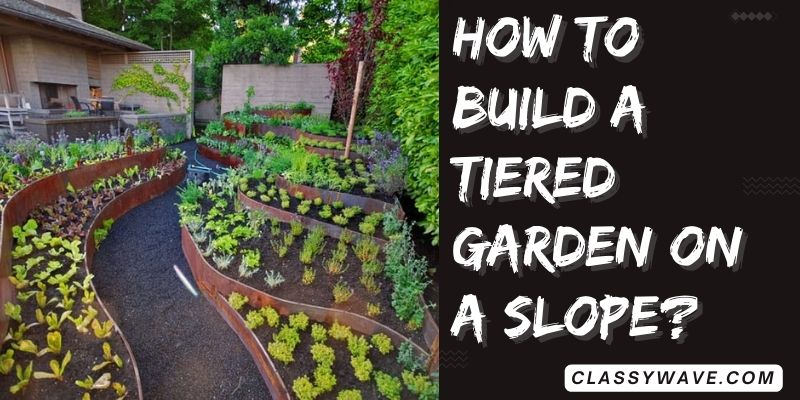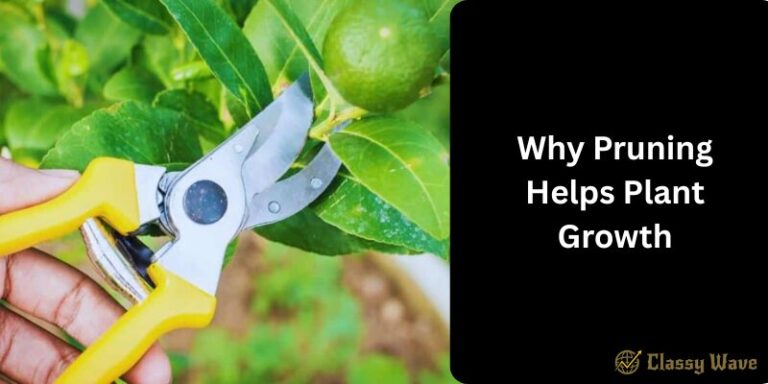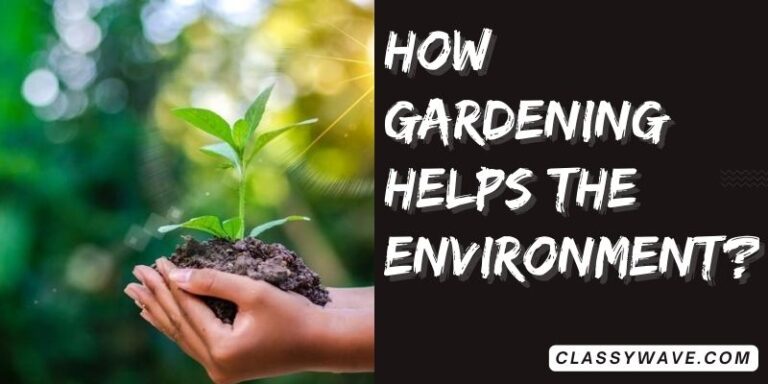How to build a tiered garden on a slope? complete Guide
Embarking on the journey of building a tiered garden on a slope requires careful planning and consideration of various elements. From site selection and structural decisions to plant choices and sustainability practices, each aspect contributes to a successful project. Let’s delve into key factors, ensuring a thriving and visually appealing tiered garden landscape.
Site Selection for Tiered Garden
Choosing an optimal location is paramount. Evaluate sunlight exposure, soil conditions, and accessibility. Consider the slope’s gradient to determine the feasibility of tiered gardening. Ensure that the selected site aligns with your garden‘s overall vision and practical requirements.
Designing the Layout of Your Tiered Garden
A well-conceived design is foundational. Deliberate on slope gradient, number of tiers, and aesthetic preferences. A thoughtful layout harmonizes the terrain’s natural features with your gardening aspirations, ensuring a visually appealing and functional tiered garden.
Materials for Retaining Walls
The choice of materials is pivotal for stable retaining walls. Explore options such as timber, stone, or concrete blocks. Understand the benefits and considerations associated with each material to make informed decisions aligning with your garden’s structural and aesthetic needs.
Ensuring Proper Drainage
Prioritize effective drainage to prevent water runoff and soil erosion. Implement drainage techniques and systems that safeguard the health and stability of your tiered garden, ensuring optimal conditions for plant growth and sustainability.
Selecting Plants for Each Tier
Carefully curate plant selections based on sunlight, soil, and aesthetic considerations. Tailor choices for each tier, creating a harmonious and visually appealing composition. Understanding the specific needs of each plant ensures a thriving and balanced ecosystem within your tiered garden.
Building Steps and Pathways
Design accessible and visually pleasing pathways and steps that seamlessly integrate with your tiered garden. Explore various materials and styles to create functional and aesthetically pleasing elements, facilitating easy navigation and maintenance throughout your sloped garden.
Creating a Solid Foundation
Establish a robust foundation for your tiered garden to ensure stability and longevity. Assess the soil structure and conditions, implementing measures to enhance stability and provide a secure base for the construction of retaining walls and other structural elements.
Structural Considerations for Retaining Walls
Delve into the structural aspects of retaining walls. Consider factors such as height, materials, and reinforcement to ensure the stability and durability of the walls supporting each tier. Adhere to best practices to create a structurally sound foundation for your tiered garden.
Implementing Effective Irrigation Systems
Ensure consistent and efficient watering by implementing irrigation systems tailored to the needs of your tiered garden. Explore drip irrigation, soaker hoses, or other water-efficient methods to maintain optimal moisture levels, fostering healthy plant growth across different tiers.
Landscaping Techniques for Sloped Gardens
Explore specialized landscaping techniques that complement the natural slope of your garden. Incorporate terracing, contouring, and other methods to enhance the overall aesthetic appeal while addressing challenges posed by the slope. Integrate landscaping elements that promote both functionality and visual harmony.
Balancing Aesthetics and Functionality
Strike a harmonious balance between visual appeal and practical functionality in your tiered garden design. Ensure that the layout and choice of elements not only create an attractive landscape but also serve the functional needs of each tier for optimal plant growth and accessibility.
Addressing Erosion Control
Develop strategies to control erosion on the sloped terrain. Implement erosion control measures such as cover crops, retaining walls, and mulching to safeguard the soil structure and prevent the loss of fertile topsoil, ensuring the long-term stability of your tiered garden.
Maintenance Tips for Tiered Gardens
Establish a routine maintenance plan to preserve the health and beauty of your tiered garden. Include tasks such as pruning, weeding, and monitoring soil conditions. Implement preventive measures to address potential issues and sustain the overall well-being of your tiered garden over time.
Incorporating Decorative Elements
Enhance the visual appeal of your tiered garden by strategically incorporating decorative elements. Explore options such as ornamental plants, garden art, or lighting to add aesthetic interest and personalize each tier, creating a visually captivating landscape.
Sustainable Practices in Sloped Gardening
Embrace sustainable gardening practices to minimize environmental impact. Explore eco-friendly materials, water-saving techniques, and organic gardening methods that align with sustainable principles. Foster a garden ecosystem that contributes positively to the local environment and promotes long-term ecological balance.
Adapting Your Design to Local Climate
Consider the local climate when designing your tiered garden. Choose plants that thrive in the specific weather conditions of your region. Implement climate-appropriate landscaping techniques and materials to create a resilient and adaptive garden that can withstand the challenges posed by the local climate.
Conclusion
In conclusion, crafting a tiered garden on a slope involves a meticulous blend of artistry and functionality. From foundational choices like site selection to the finer details of plant curation and aesthetic embellishments, the process is a holistic endeavor. By implementing effective drainage, durable retaining walls, and sustainable practices, you not only create a visually stunning landscape but also foster a resilient ecosystem. With thoughtful planning and ongoing maintenance, your tiered garden becomes a harmonious testament to the transformative power of landscape design.
FAQs
Q: How do I prevent erosion in a tiered garden?
A: Use cover crops, mulching, and retaining walls to control erosion and maintain soil stability in your tiered garden.
Q: What plants are suitable for a sloped garden?
A: Choose erosion-resistant plants like groundcovers, ornamental grasses, and shrubs to thrive on different tiers of a sloped garden.
Q: Are retaining walls necessary for a tiered garden?
A: Yes, retaining walls provide essential support, preventing soil erosion and creating stable platforms for various garden tiers.
Q: How can I design steps for a sloped garden?
A: Create functional and visually appealing steps using materials like stone or timber, ensuring ease of navigation in your sloped garden.
Q: What’s the best irrigation system for a tiered garden?
A: Drip irrigation or soaker hoses are effective choices, ensuring consistent and efficient watering for plants across different tiers.







